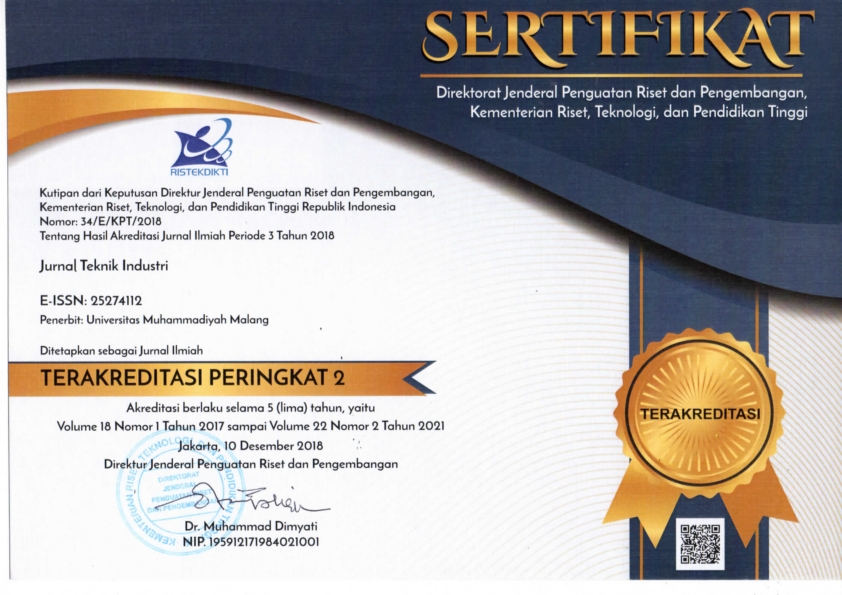Simulasi Sistim Logistik Bantuan Bencana Gempa–Tsunami: Studi Kasus di Kota Padang
DOI:
https://doi.org/10.22219/JTIUMM.Vol13.No2.116-125Keywords:
disaster logistics, simulation, effectiveness, goods distribution, budget allocationAbstract
RIKA AMPUH HADIGUNA(1), DAN AGUS WIBOWO(2)The problem of disaster logistics determines budget allocation and distribution of relief to the refugees. The purpose of this research develop a simulation model to analyze the effectiveness of disaster logistics in emergency phase after the occurred disaster in term of earthquake and tsunami. The model is built based on the real situation when the earthquake has been occureed in Kota Padang. Simulation analysis is also intended to measure the effectiveness of disaster logistics caused by earthquake on 30 September 2009 in Padang City. Model represents the best practices of disaster logistics management that focuses on the distribution of aid and the consequences caused by the disaster. Various scenarios have been formulated in this study and analyzed using a simulation model that has been built. There are two situations outlined in this simulation namely the earthquake stand alone and tsunami. The conclusion that logistics effectiveness of relief is determined by the budget allocation and distribution of goods as compared with the level of damage caused by the disaster.











